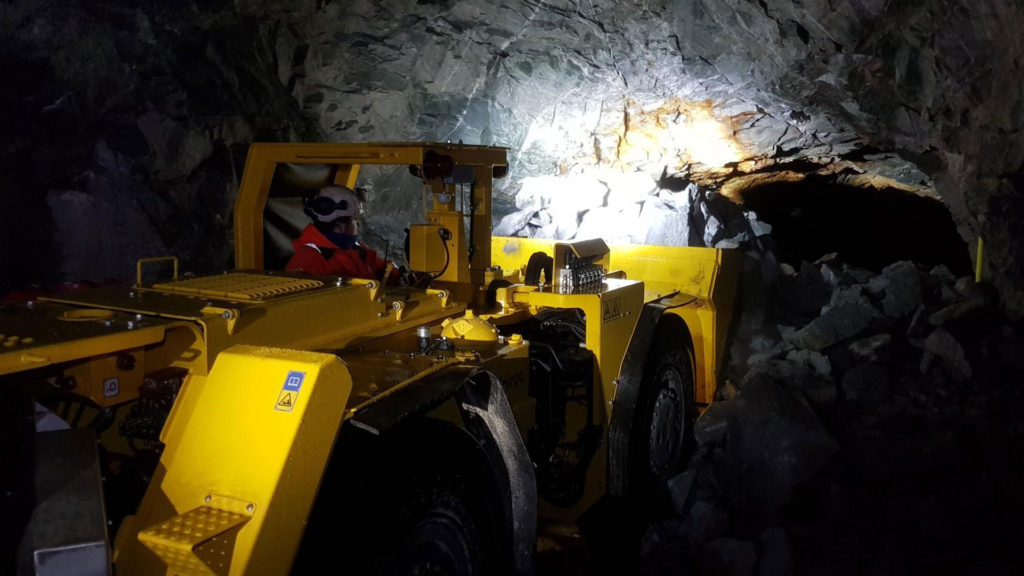Scotgold Resources is to receive a new Epiroc T1D drill rig and second-hand ST2G Scooptram after signing an agreement with Epiroc UK & Ireland Ltd.
The AIM-listed company, which also announced the full underground development team had returned to work at its Cononish gold and silver mine, in Scotland, said having a second unit of each machine reduced the mechanical availability risk associated with having single units required for Phase 1 production levels (36,000 t/y ore), and also meant only an additional truck is required for any future ramp up to Phase 2 (72,000 t/y ore).
“A further advantage is that the additional machinery will provide an opportunity to increase our training activities,” the company said, adding that both machines were being supplied on a rental with option to purchase basis.
The Epiroc Boomer T1 is a single-boom face drilling rig for narrow drifts and tunnels with cross sections up to 23 sq.m, according to Epiroc, while the ST2G Scooptram is a diesel-powered LHD with 4 t tramming capacity built for small-sized operations.
The current reserve of gold at Cononish is confined to a single narrow, near vertical quartz vein extending above and below the main access on 400 m level, which was originally developed for exploration purposes between 1989 and 1991. The mining method selected for the orebody is retreat, sublevel open stoping.
“This involves the mining of multiple horizontal drives along the orebody at 15 m vertical intervals,” the company said. “Long holes will then be drilled, up and down, between the drives and blasted out to form the stopes; loading out from the lowest level of each stope. Pillars will be left between stopes and at surface to ensure ground stability.”
The company has previously said, at peak production, the mine will operate two single boom drill rigs, two LHDs, two low profile dump trucks, in addition to a roof bolter and scaler.
In the update issued today, the company said blasting activities were being conducted at the mine following the return to work.
“These activities are being conducted in full compliance with the COVID-19 Safe Operating Procedures developed,” it said.
The mine’s former care and maintenance team, which includes around half of the current mining team, is now engaged with the remaining earthworks activities. These include the run of mine pad where gold bearing ore will be stockpiled, and the site and tailings stacks drainage system complete with a new settlement pond.
Critical path activities such as the process plant building, equipment installation and commissioning remain, it said.
Current activities are focused on the building column pads, floor slabs and the preassembly of equipment support infrastructure.
“These are progressing well and the company will provide further updates to the market, including a revised development schedule, in due course,” it said.
The company was previously planning to carry out first gold production earlier this year, but bad weather delays, particularly during January and February, exceeded the planned allowances. COVID-19-related stoppages have pushed this back again.
Richard Gray, CEO, said: “Our key focus is obviously the processing plant, but at the same time we are putting the pieces in place to ensure the long-term success of the mining operation and a reliable supply of ore to treat.”
When ramped up, Cononish is expected to average annual gold production of 23,370 oz over a nine-year life of mine.











